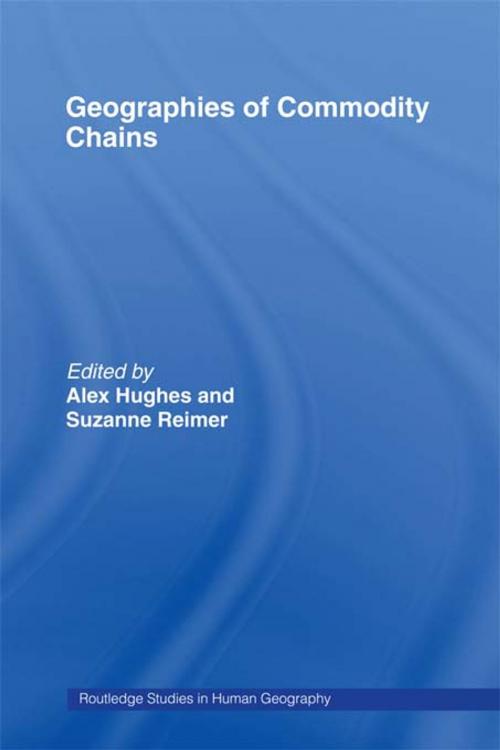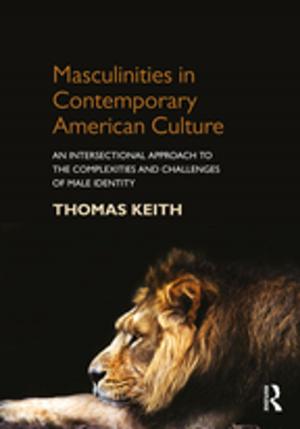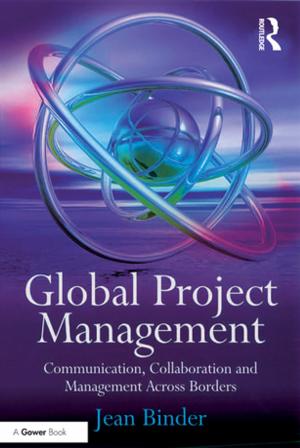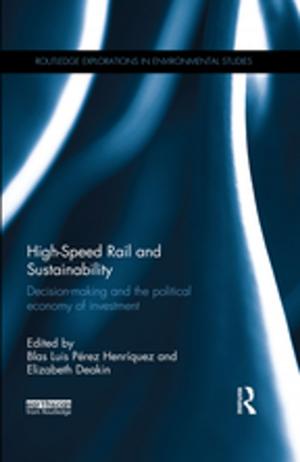Geographies of Commodity Chains
Nonfiction, Science & Nature, Science, Earth Sciences, Geography, Social & Cultural Studies, Social Science, Human Geography| Author: | ISBN: | 9781134301942 | |
| Publisher: | Taylor and Francis | Publication: | July 31, 2004 |
| Imprint: | Routledge | Language: | English |
| Author: | |
| ISBN: | 9781134301942 |
| Publisher: | Taylor and Francis |
| Publication: | July 31, 2004 |
| Imprint: | Routledge |
| Language: | English |
Individuals, consumer groups, nation states and supra-national bodies increasingly have interrogated the ethics of particular production and consumption relations such as GM foods. Flowing from and bound up with these political concerns is the growing interest in the mutual dependence of sites of (for example) production, distribution, retailing, design, advertising, marketing and final consumption.
This timely volume draws together contributions concerned with the production, circulation and consumption of commodities. Not only do these case study examples seek to transcend older understandings of production and consumption, but they also explicitly tap into wider public debate about the meanings, origins and biographies of commodities.
Taking a geographical approach to the analysis of links between producers and consumers, the book focuses upon the ways in which these ties increasingly are stretched across spaces and places. Critical engagements with the ways in which these spaces and places affect the economies, cultures and politics of the connections between producers and consumers are skilfully threaded through each section.
Individuals, consumer groups, nation states and supra-national bodies increasingly have interrogated the ethics of particular production and consumption relations such as GM foods. Flowing from and bound up with these political concerns is the growing interest in the mutual dependence of sites of (for example) production, distribution, retailing, design, advertising, marketing and final consumption.
This timely volume draws together contributions concerned with the production, circulation and consumption of commodities. Not only do these case study examples seek to transcend older understandings of production and consumption, but they also explicitly tap into wider public debate about the meanings, origins and biographies of commodities.
Taking a geographical approach to the analysis of links between producers and consumers, the book focuses upon the ways in which these ties increasingly are stretched across spaces and places. Critical engagements with the ways in which these spaces and places affect the economies, cultures and politics of the connections between producers and consumers are skilfully threaded through each section.















